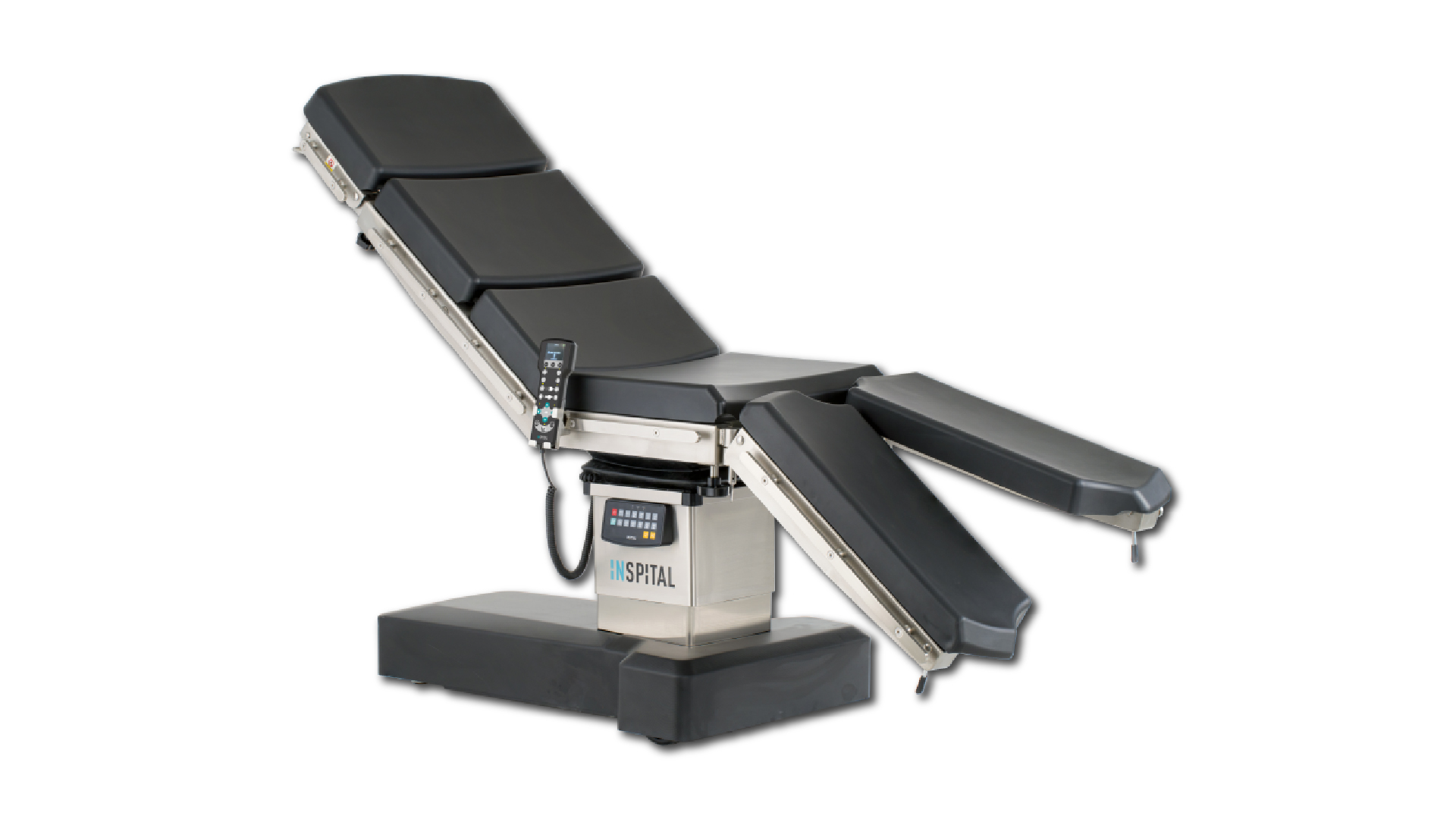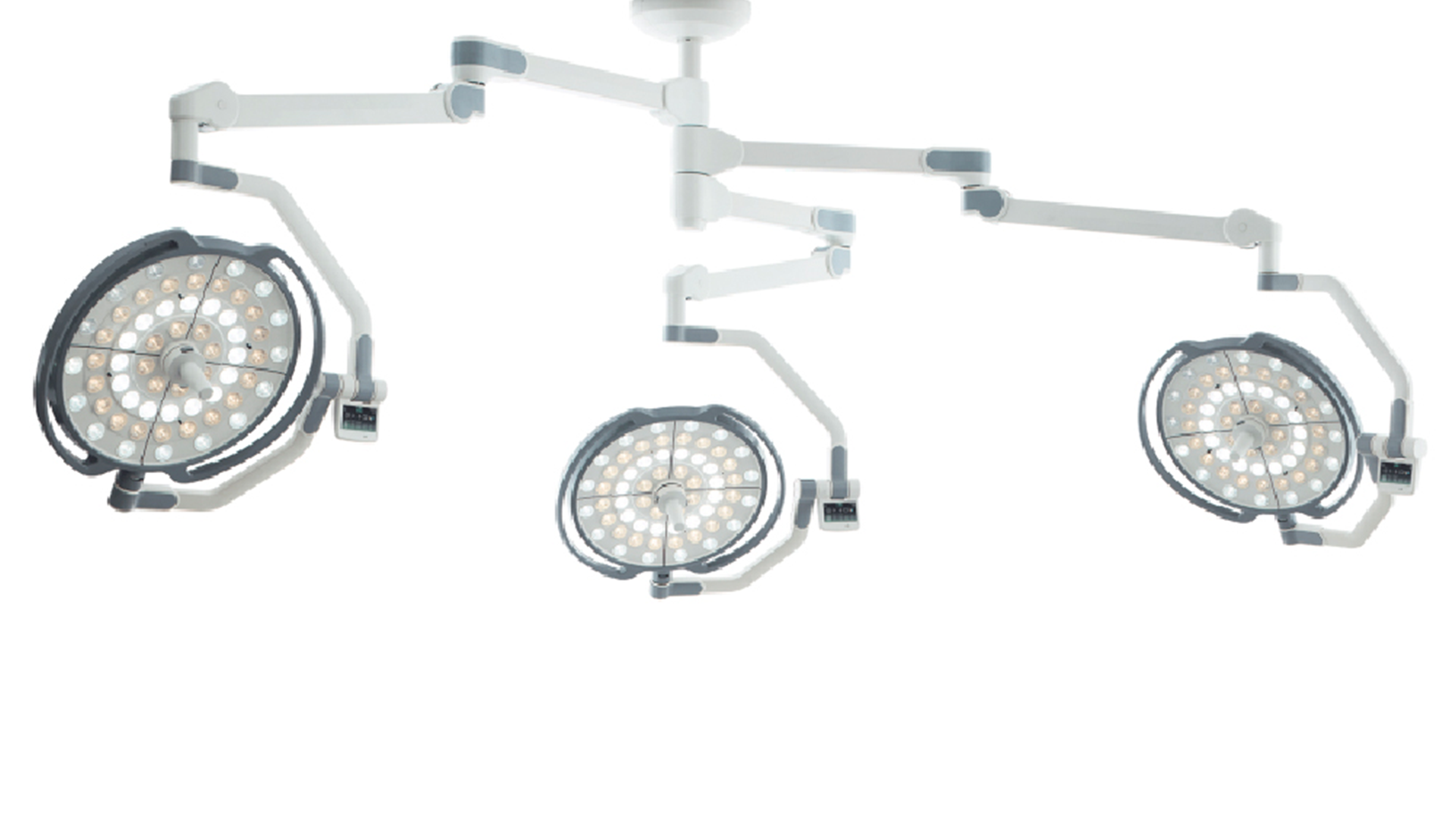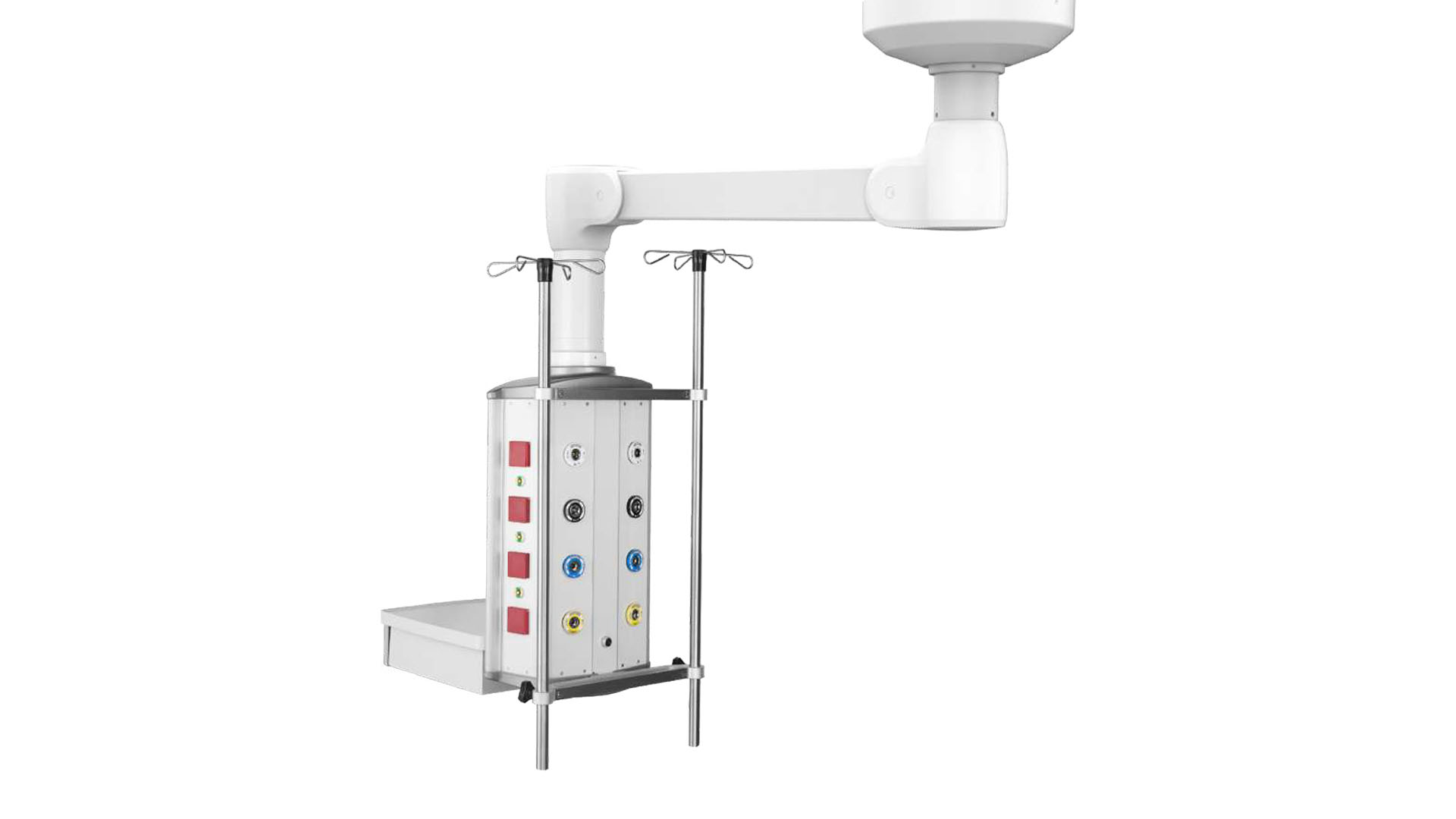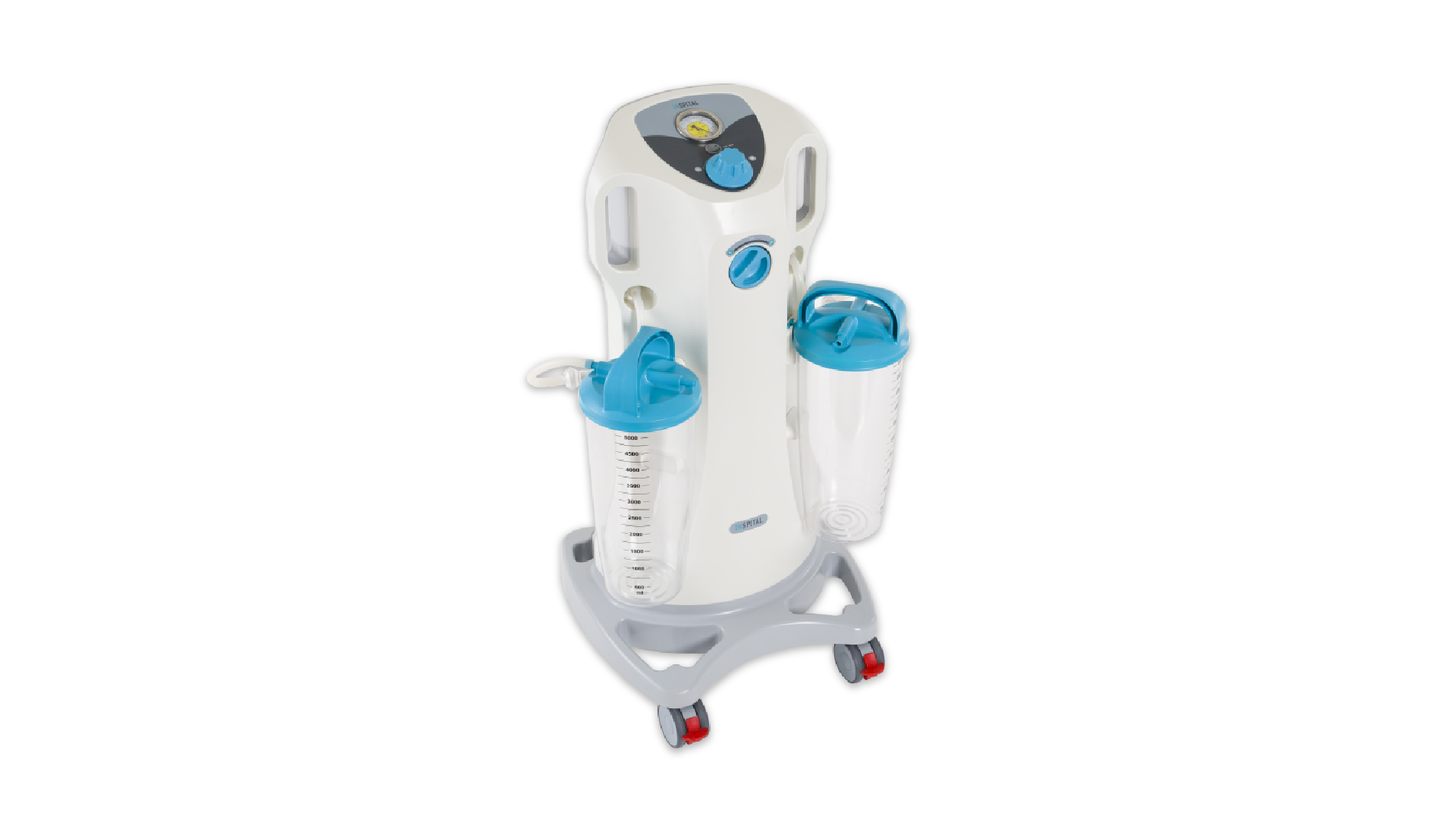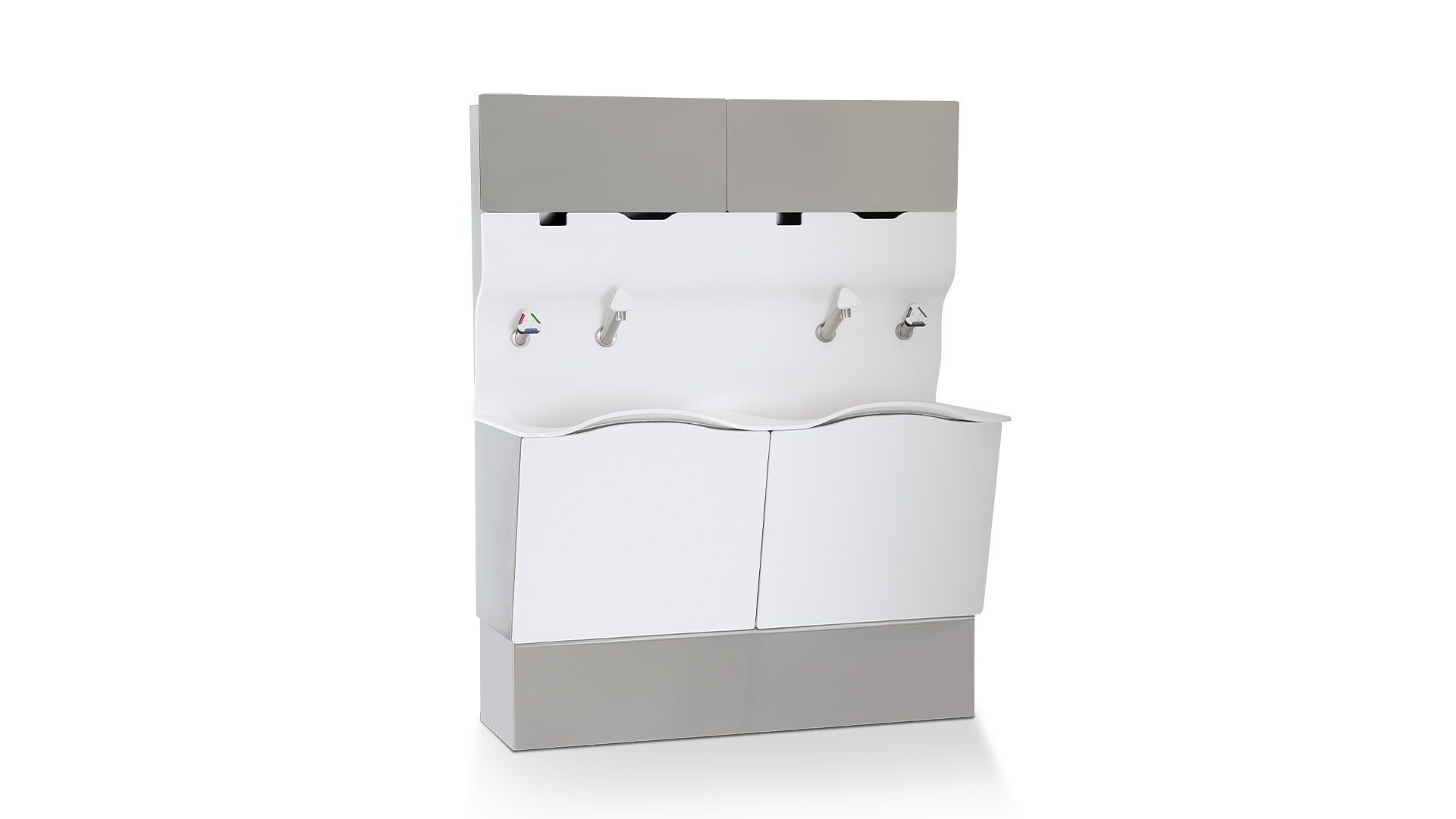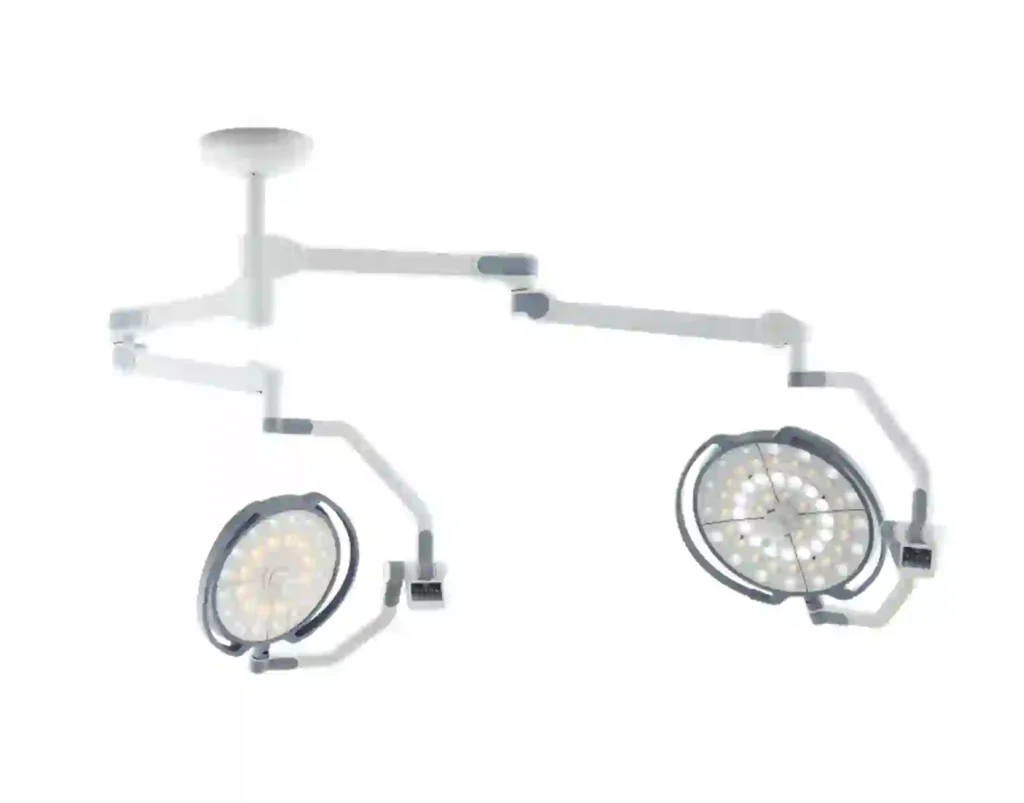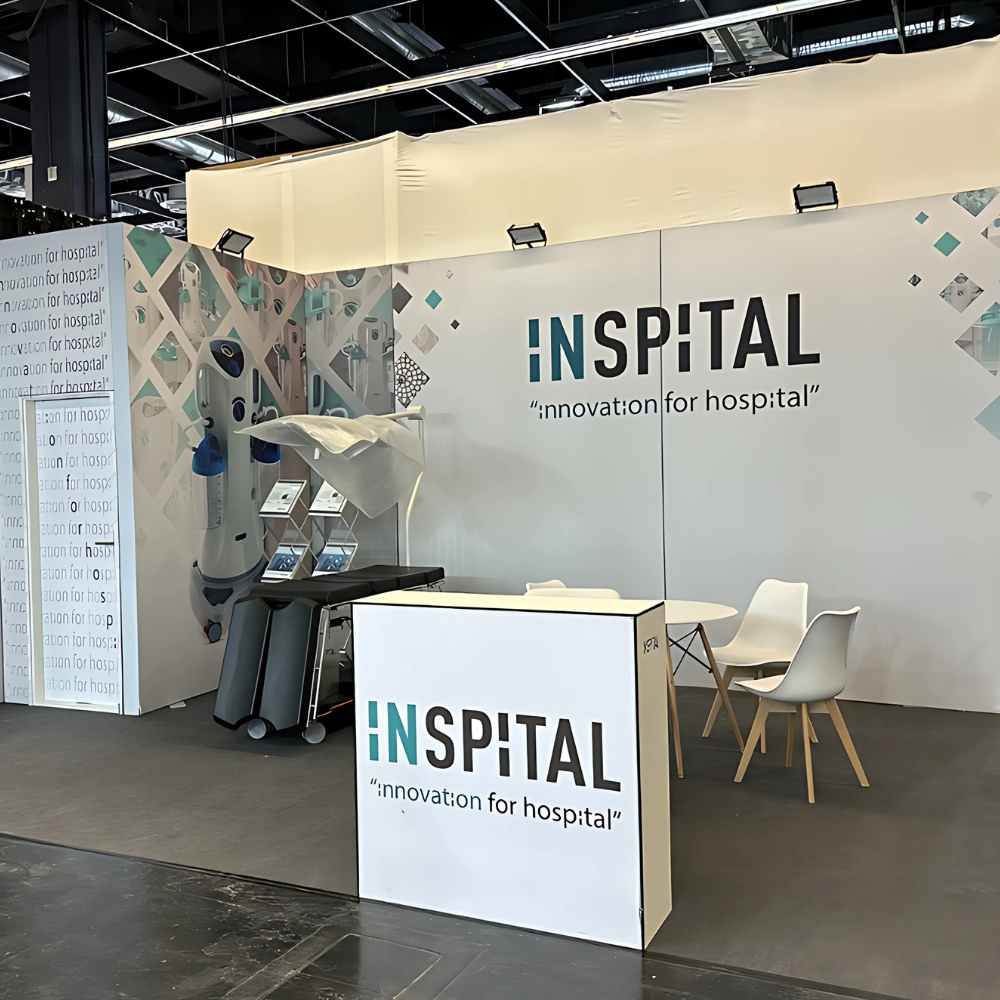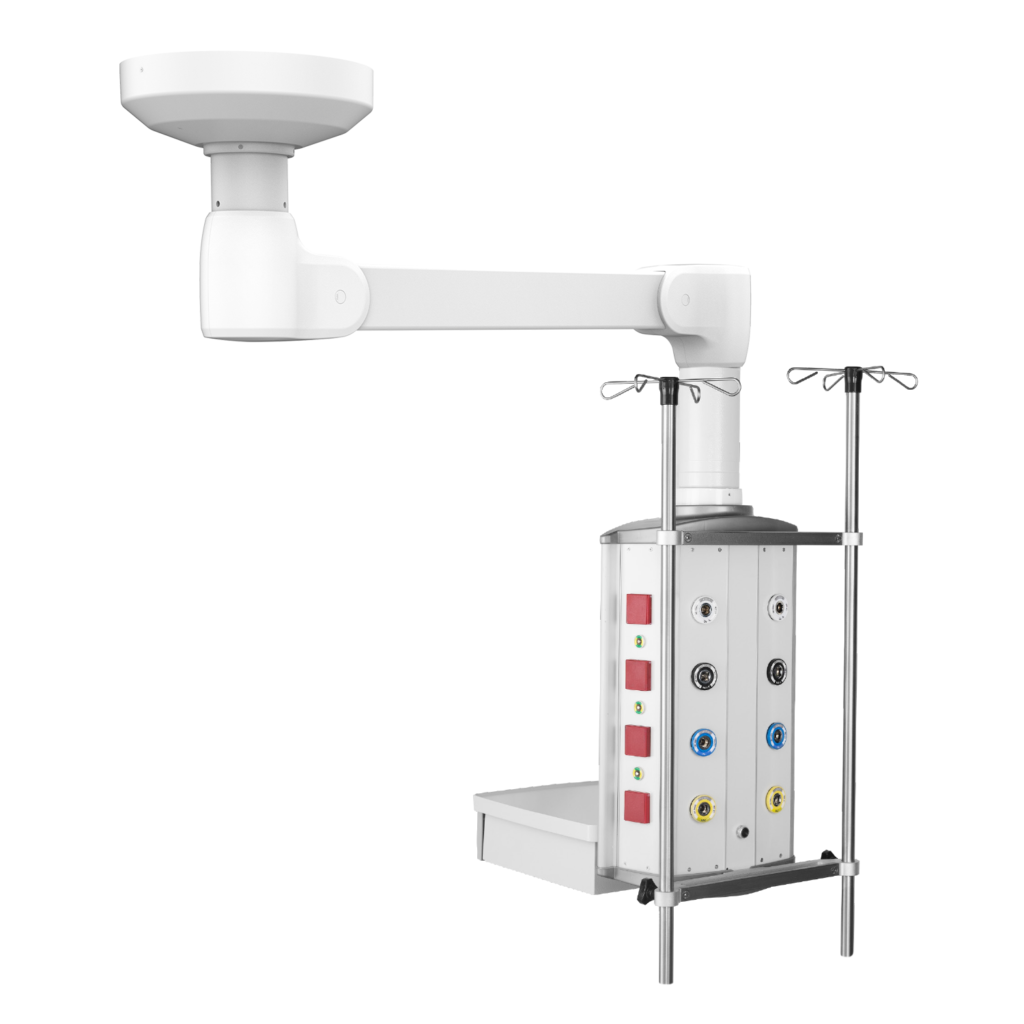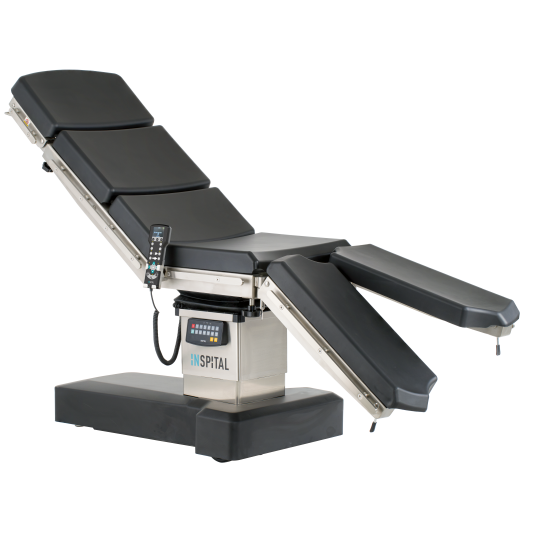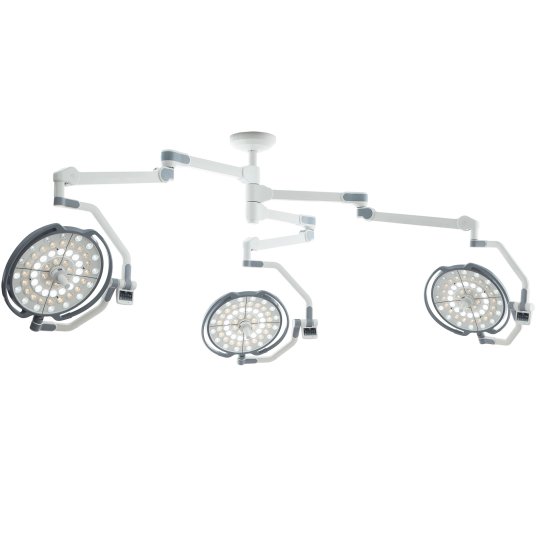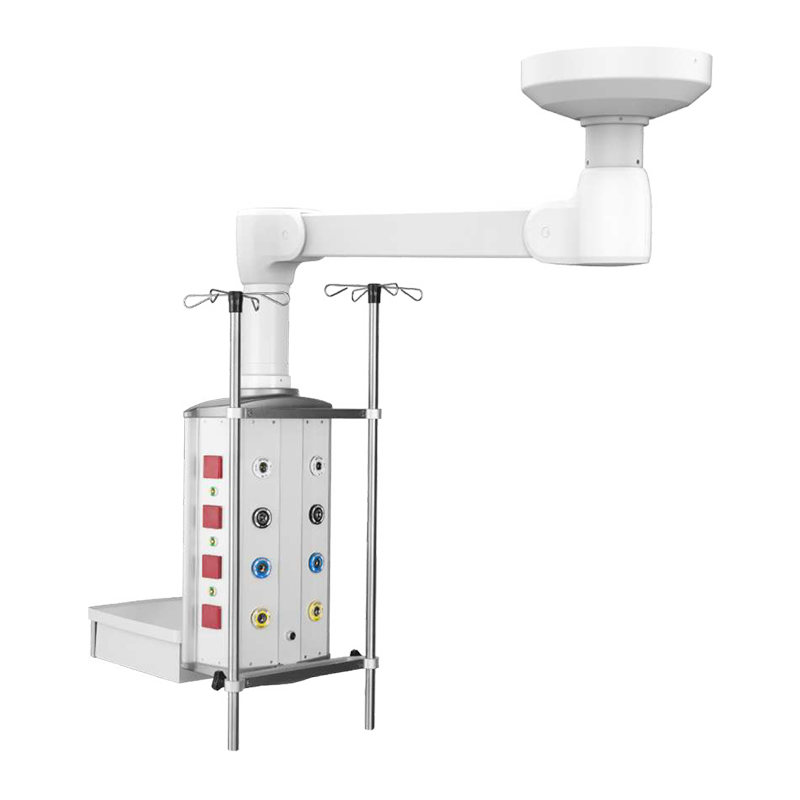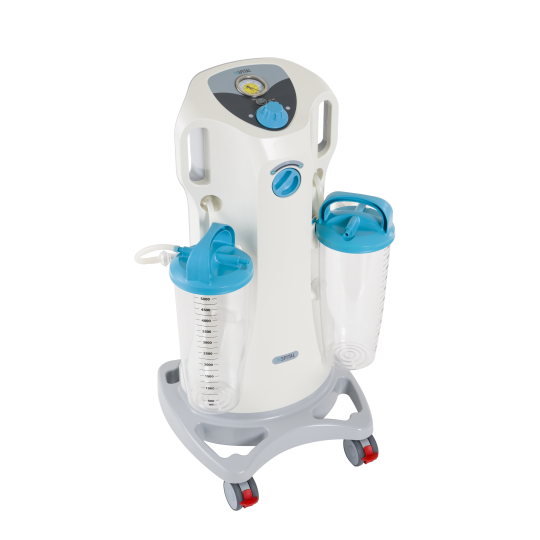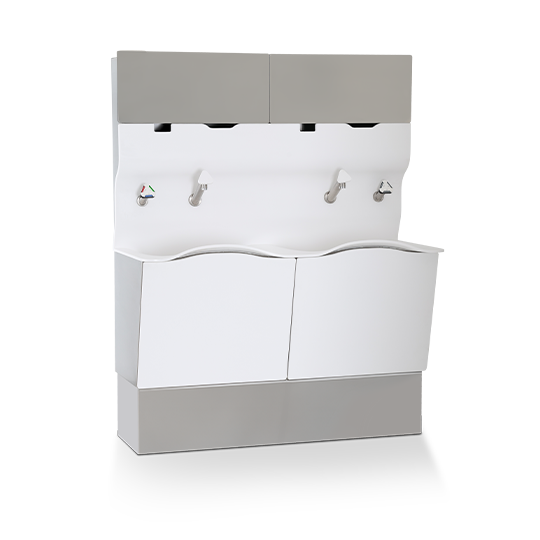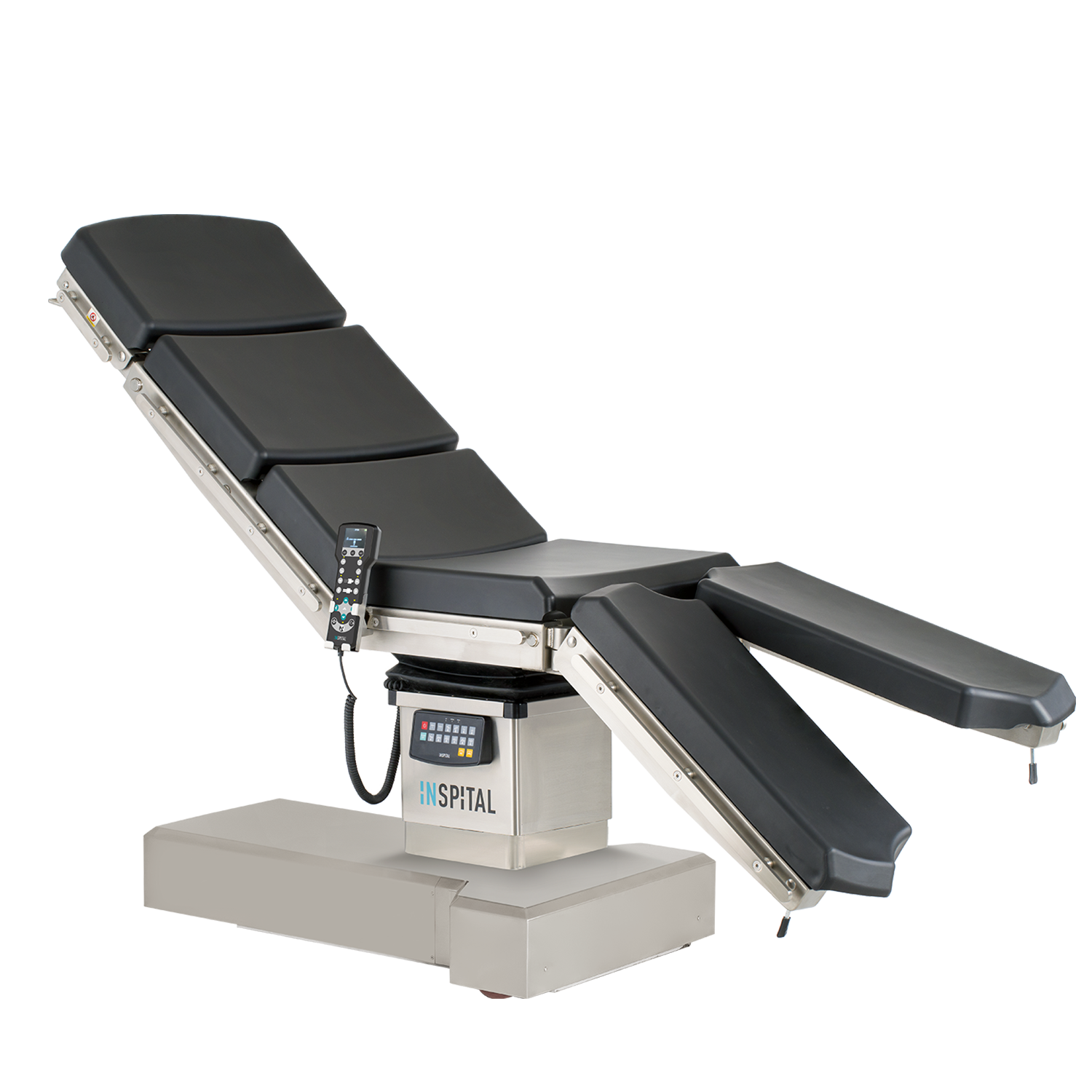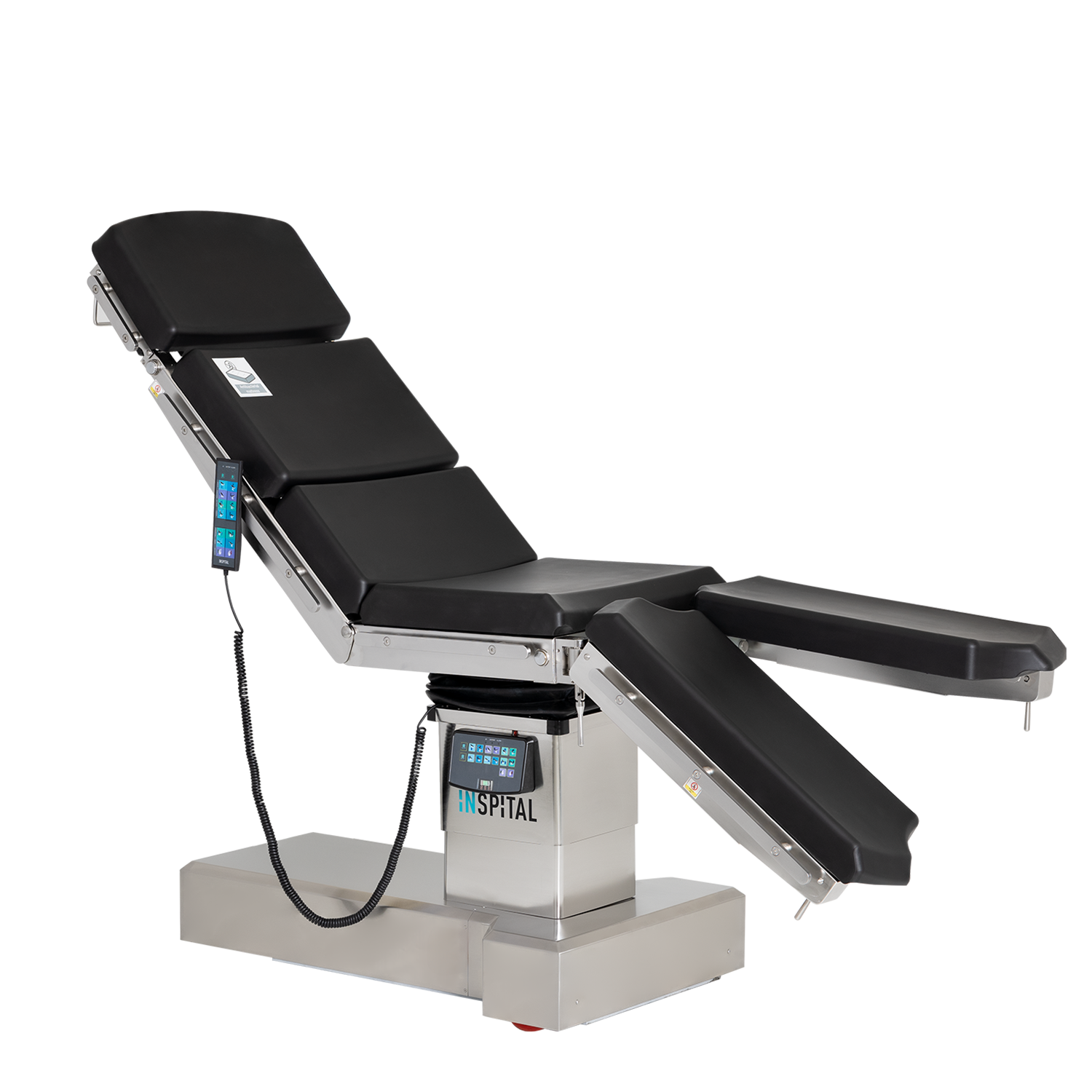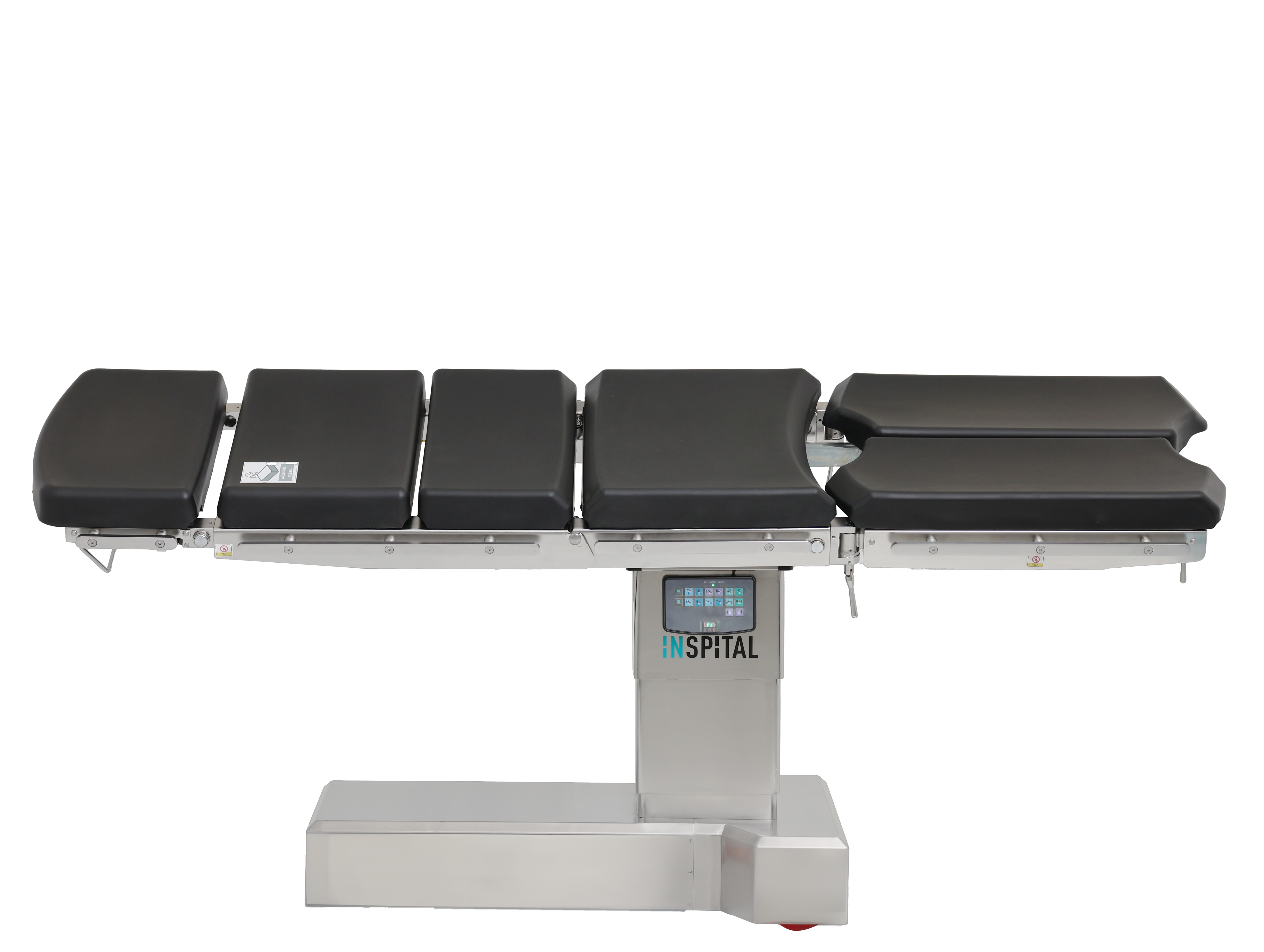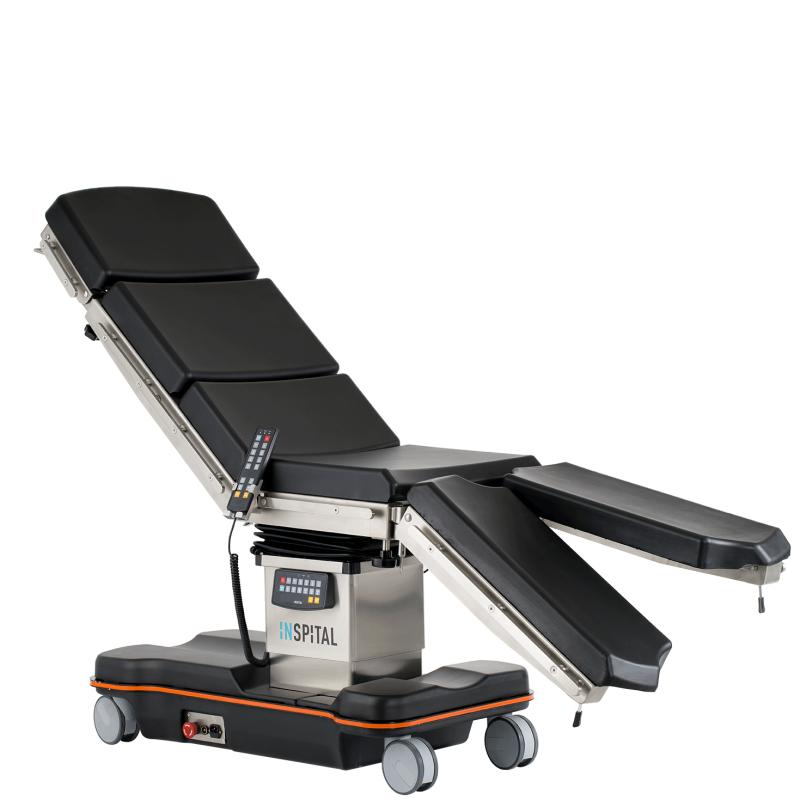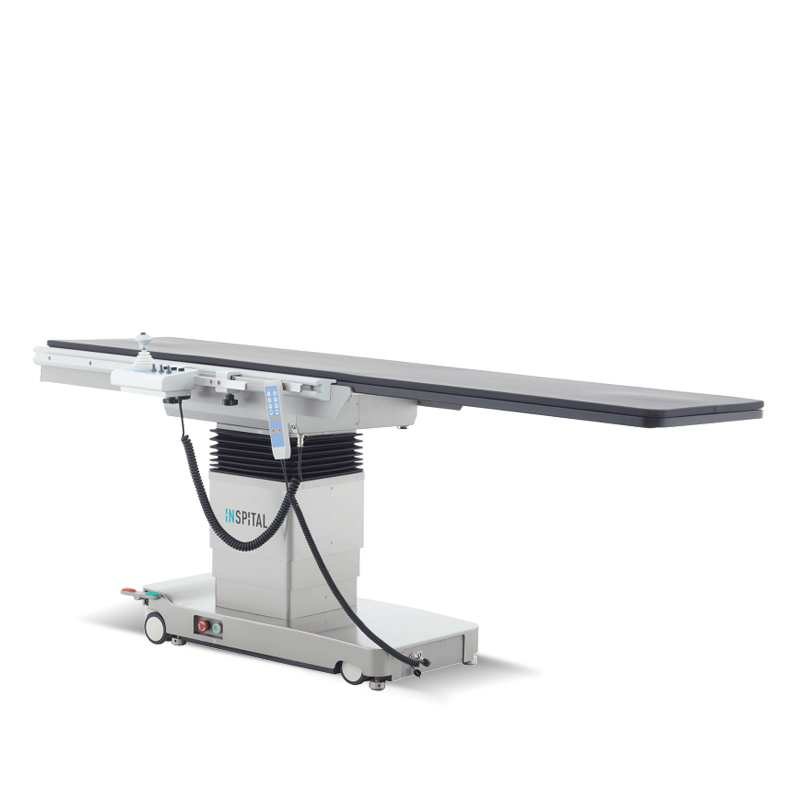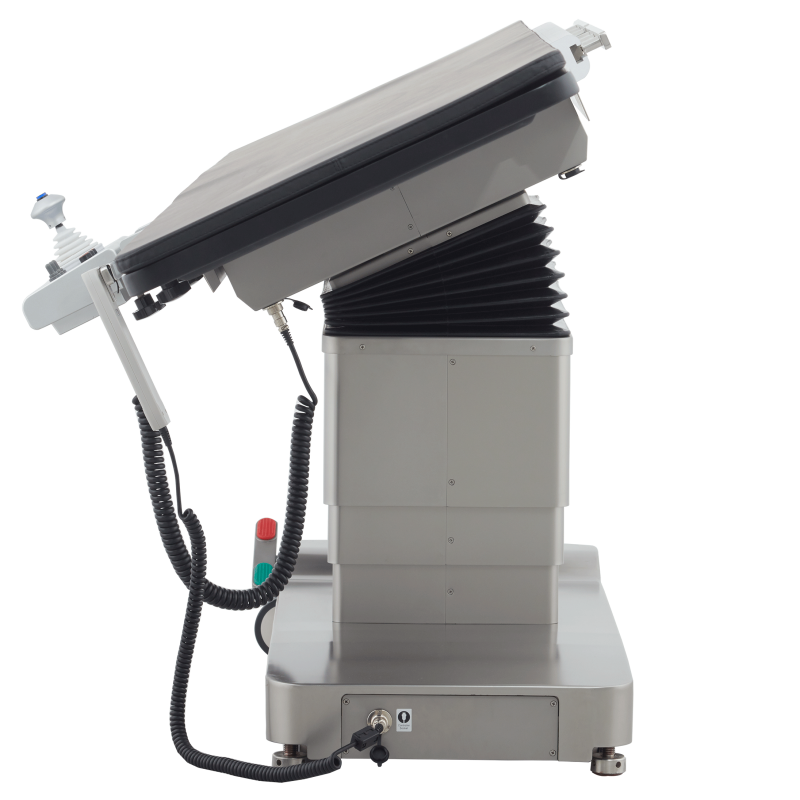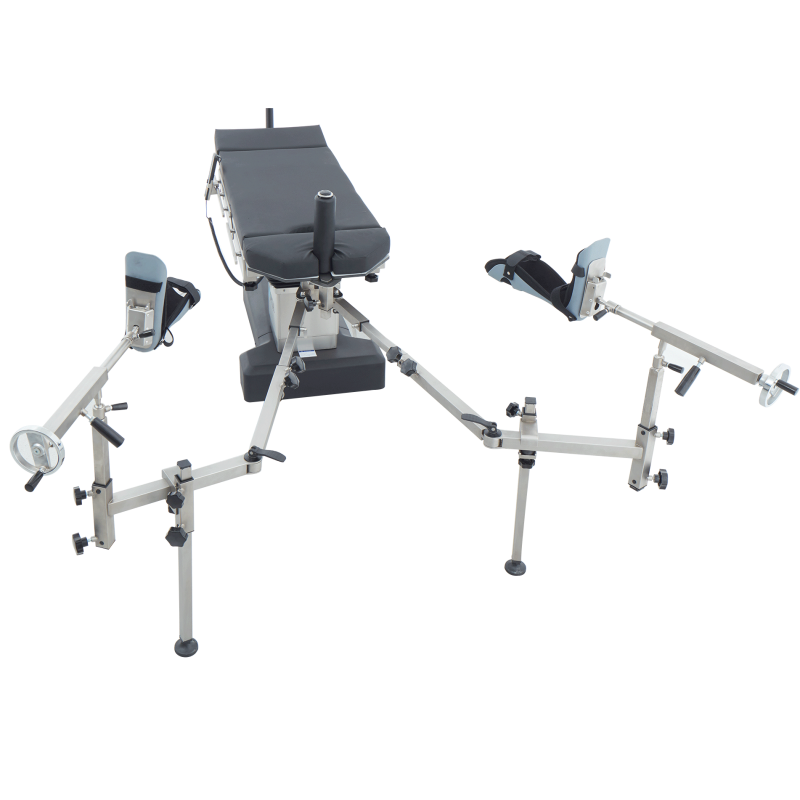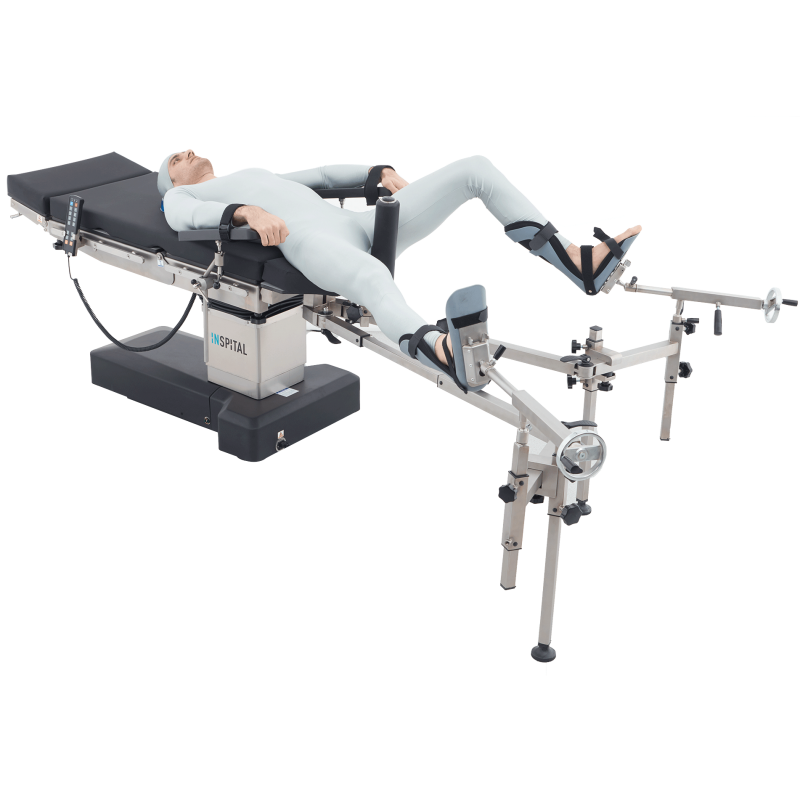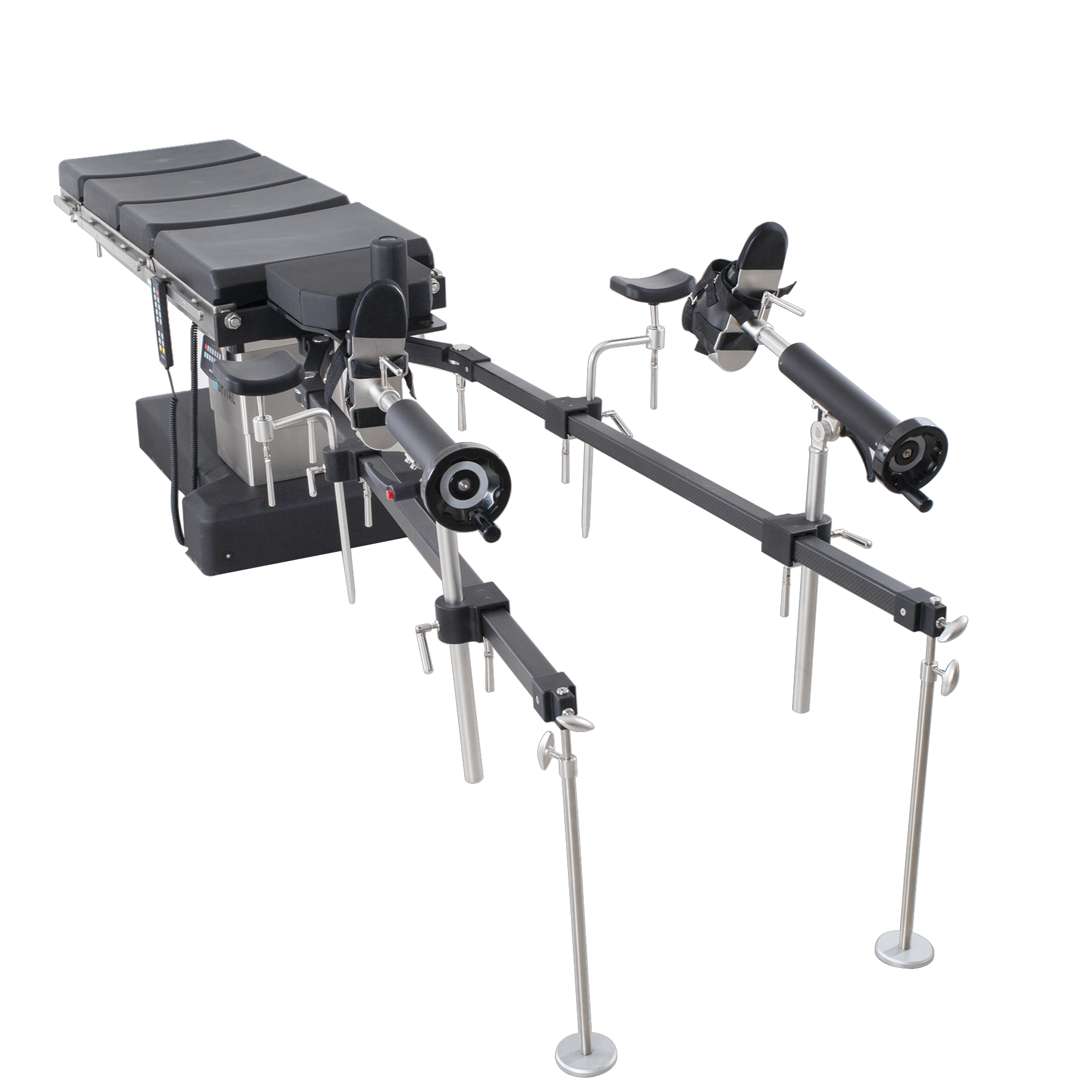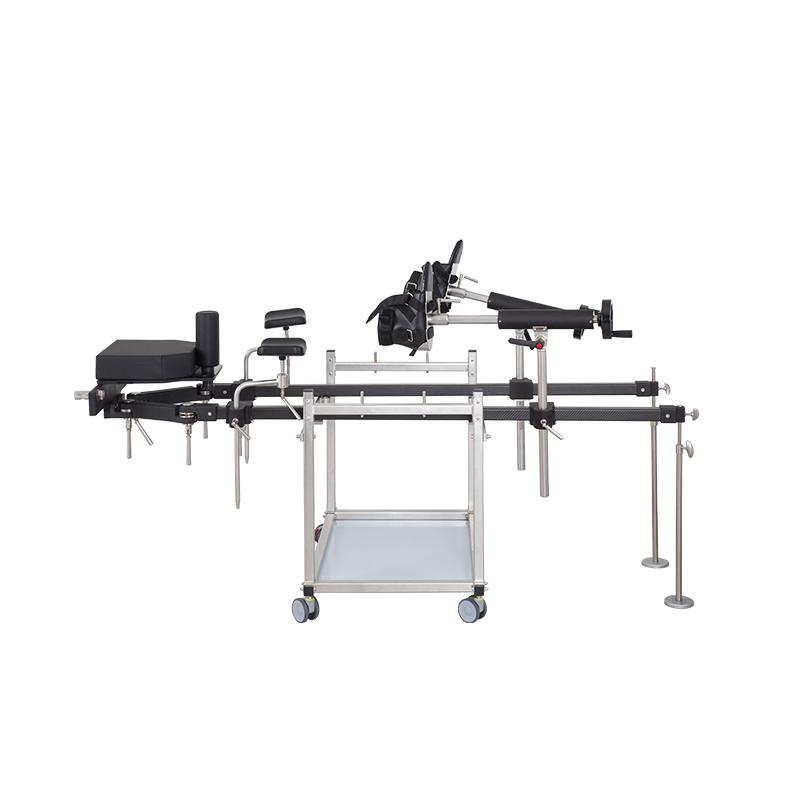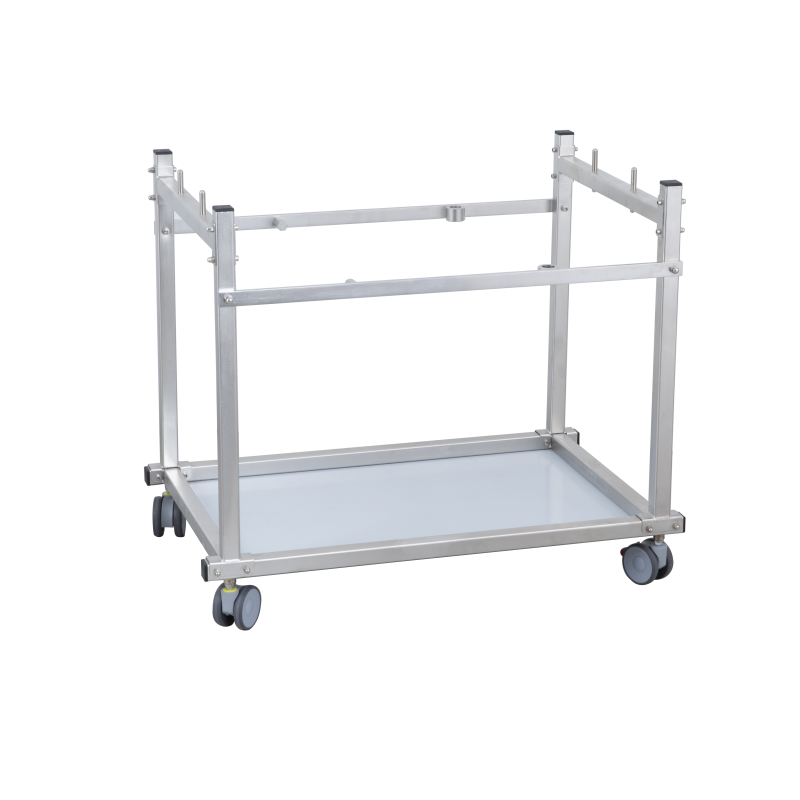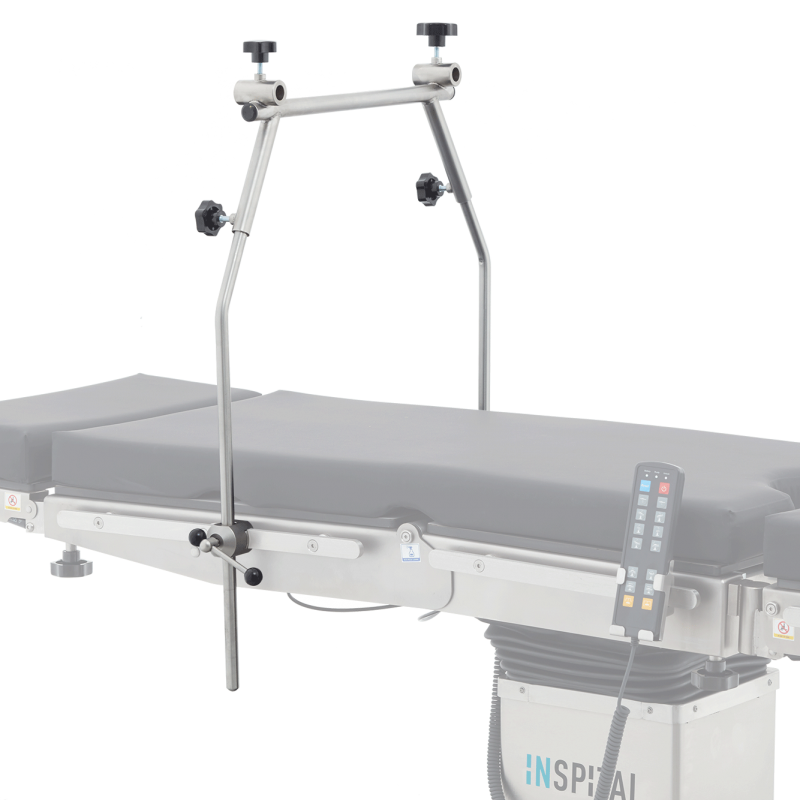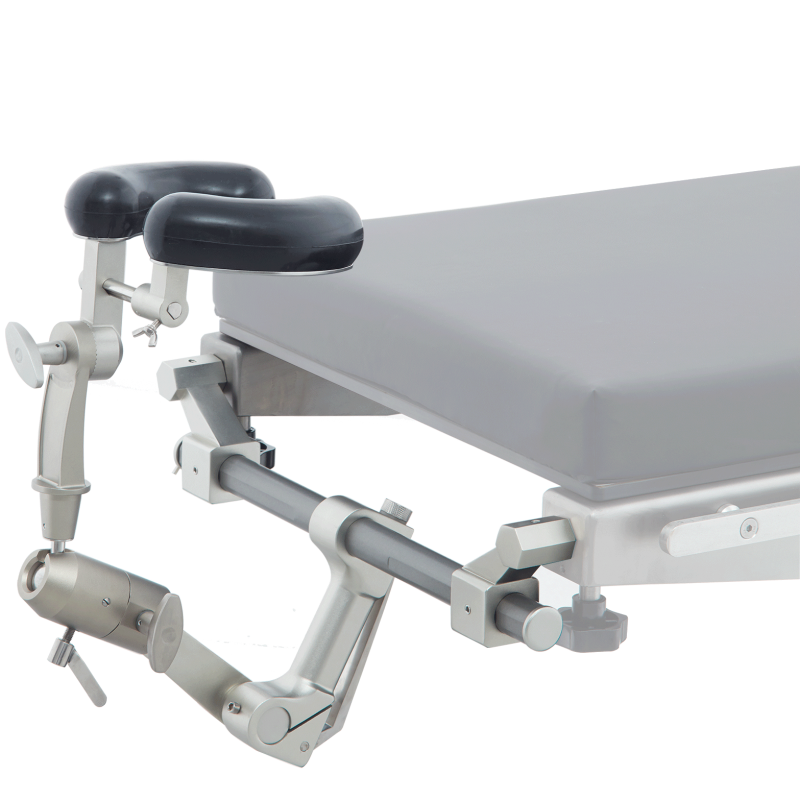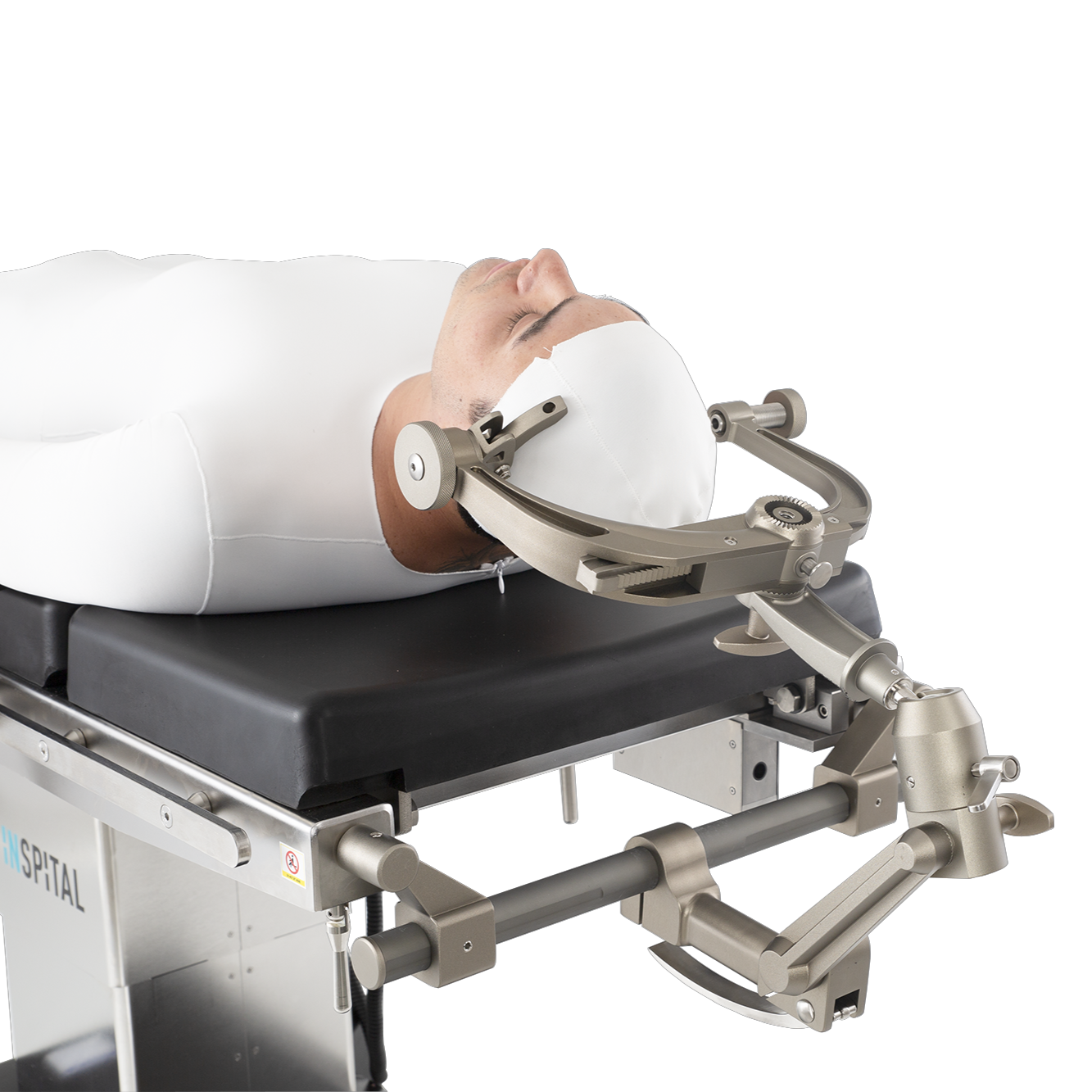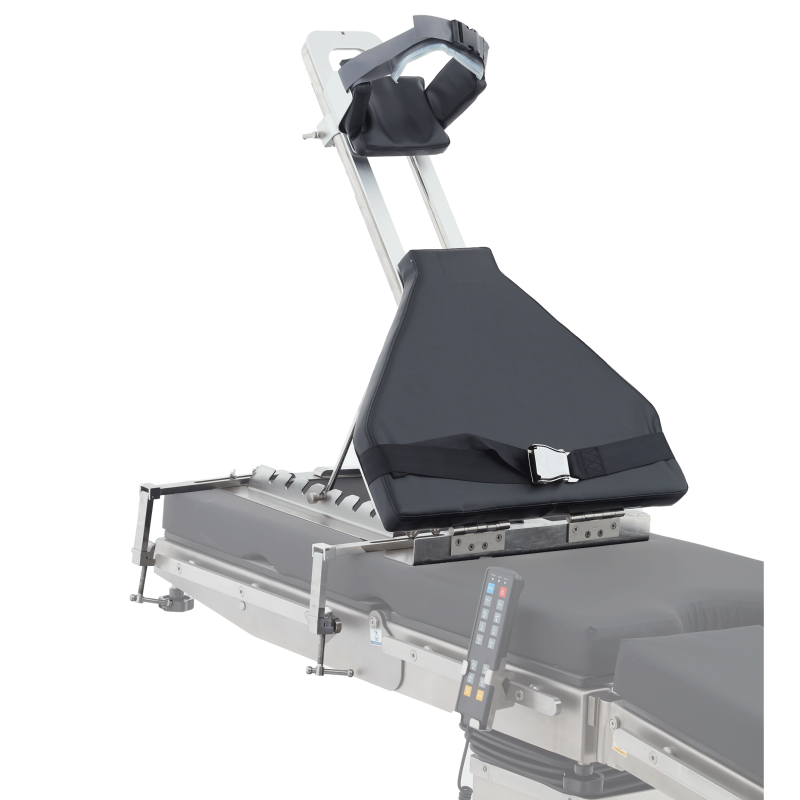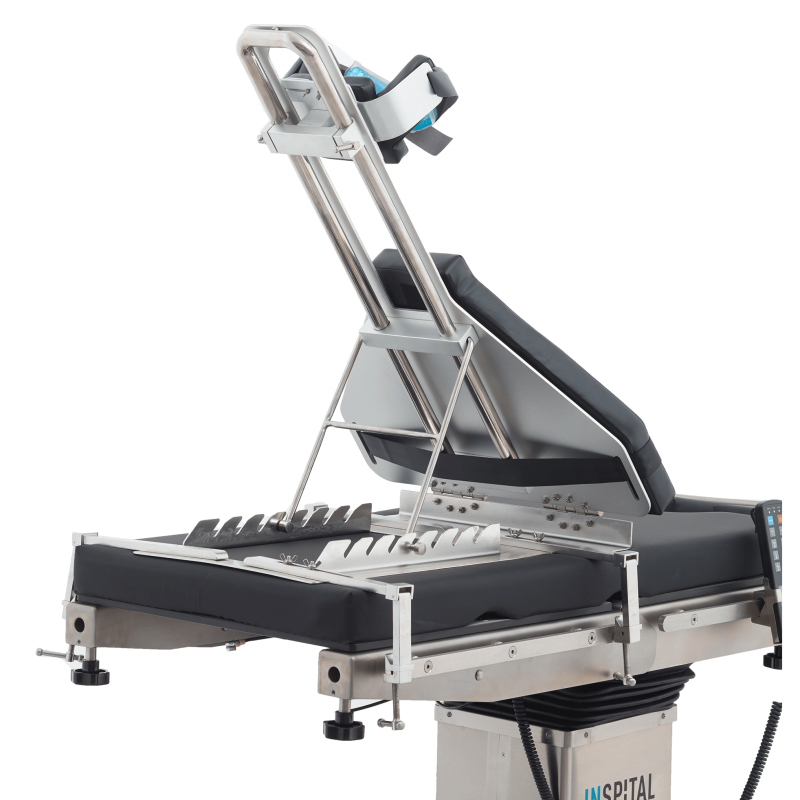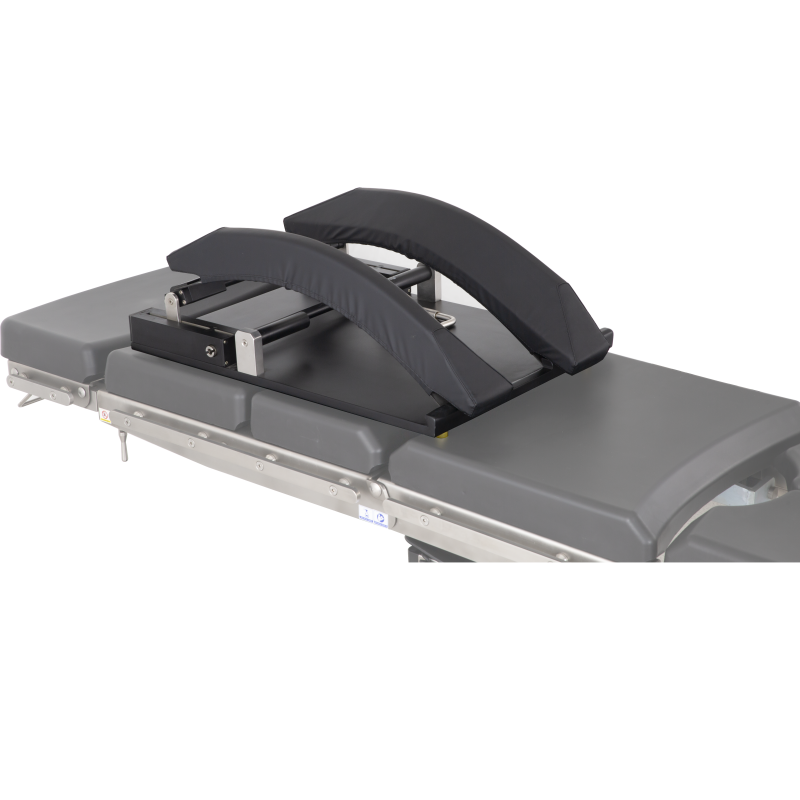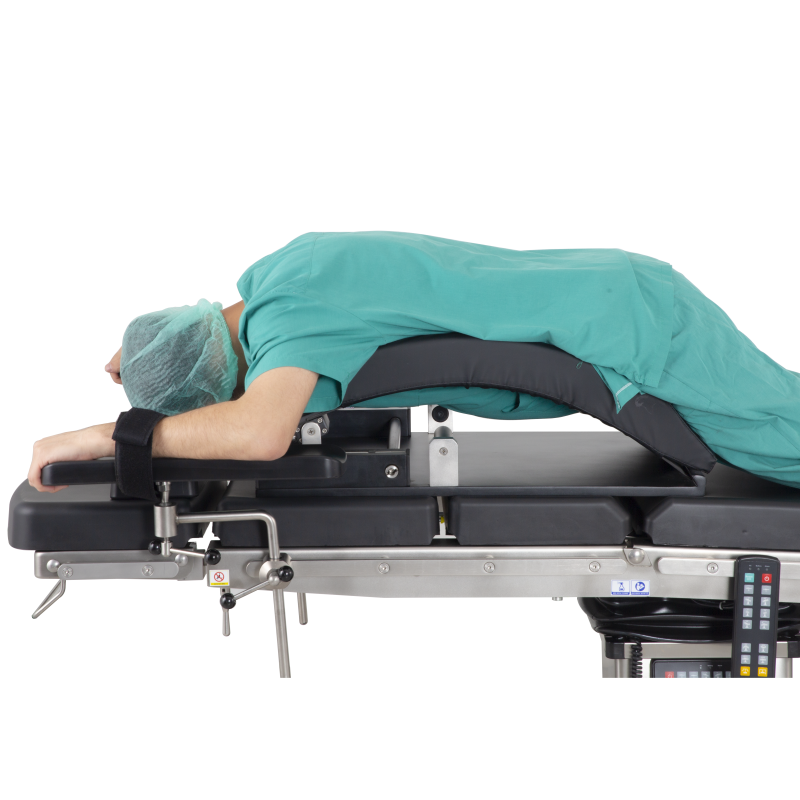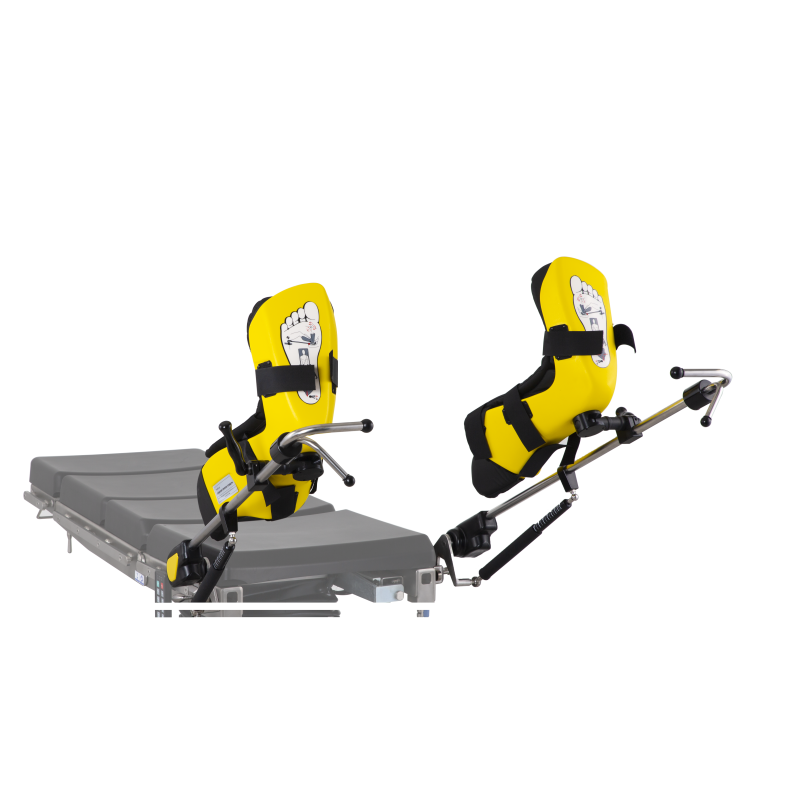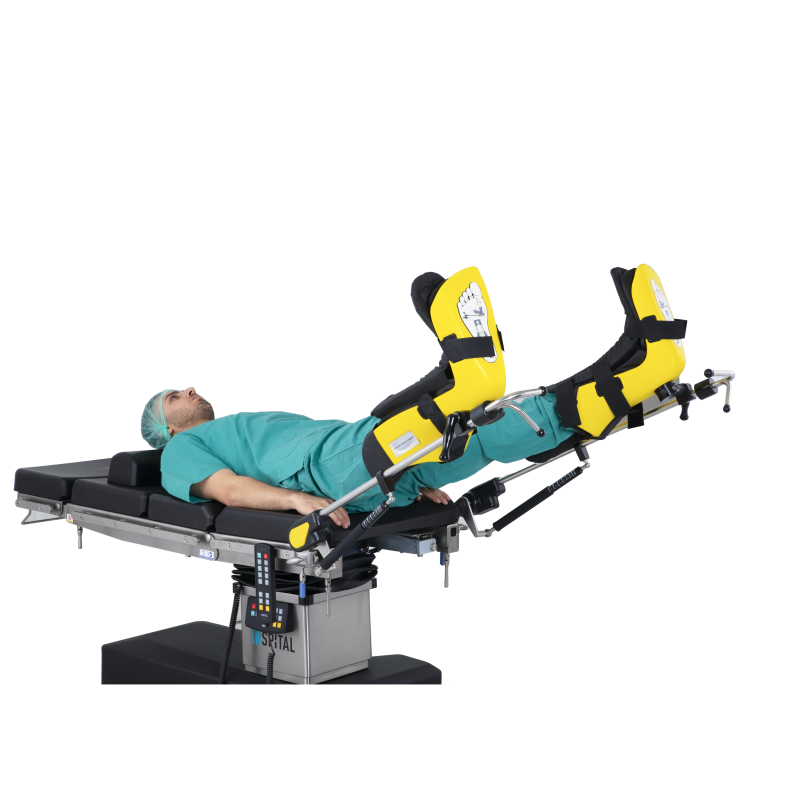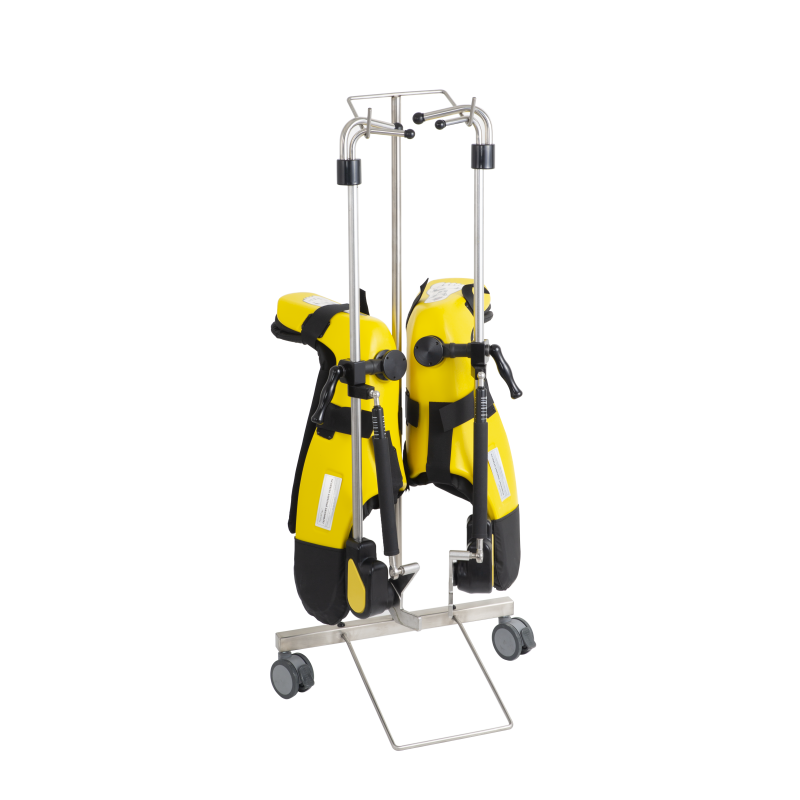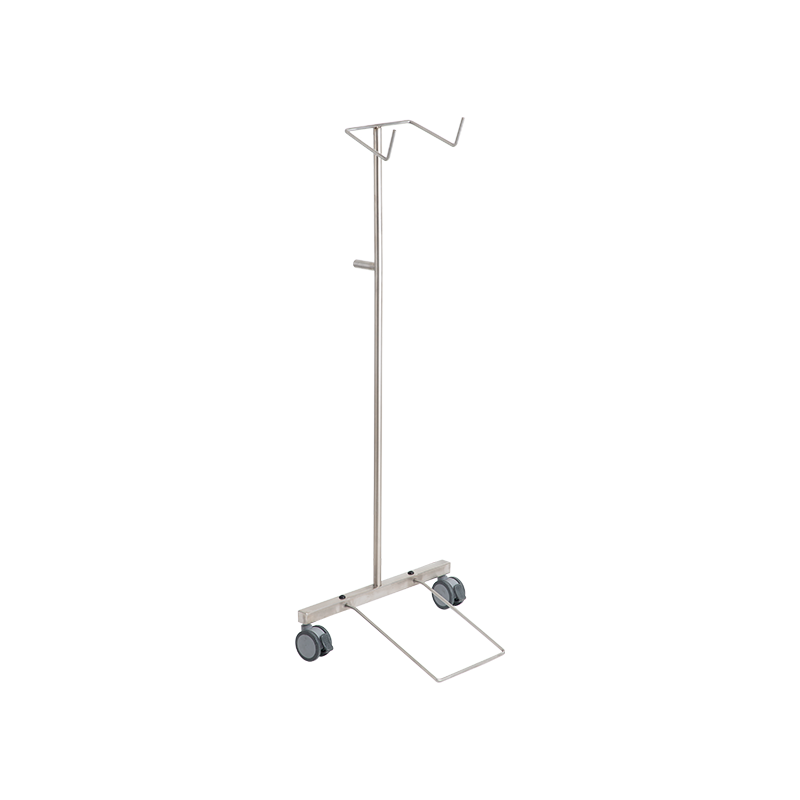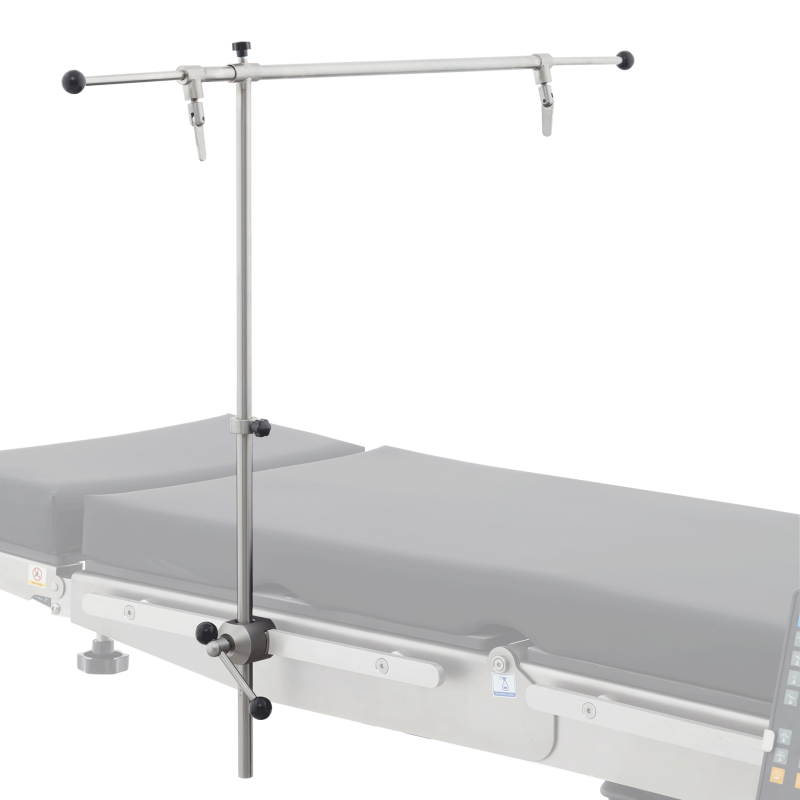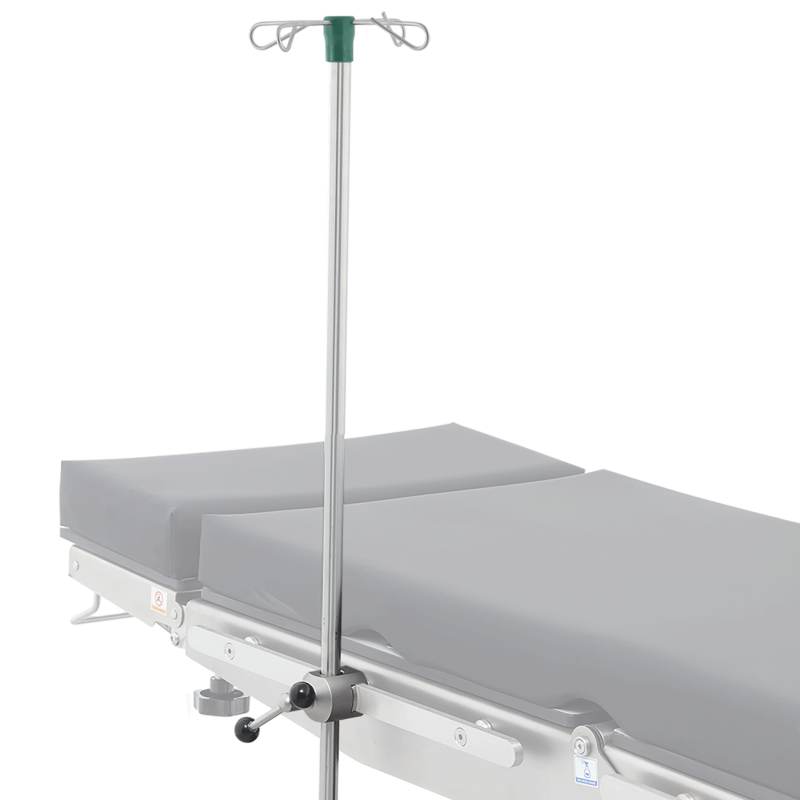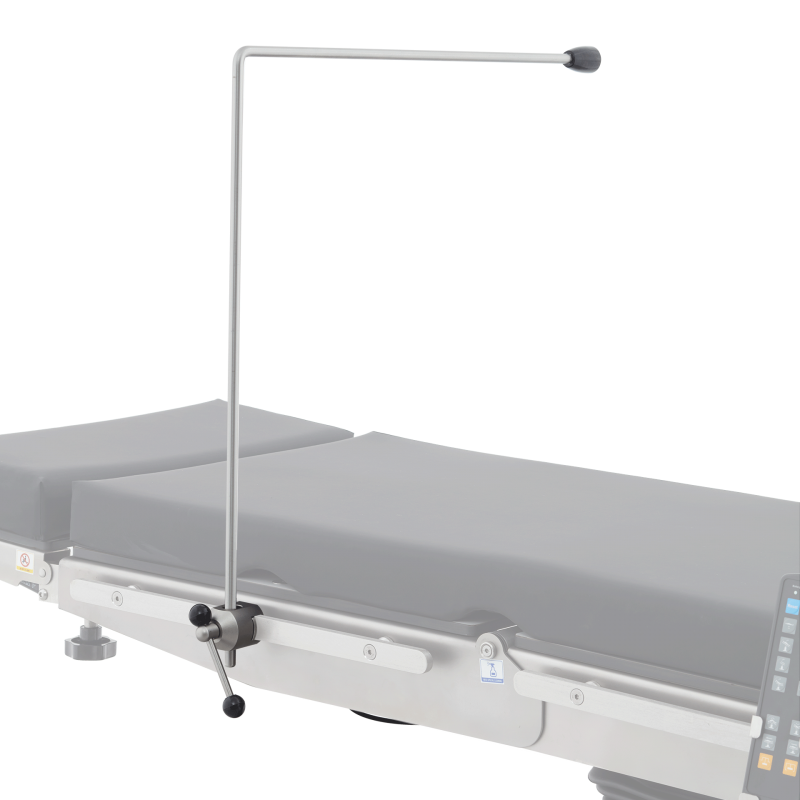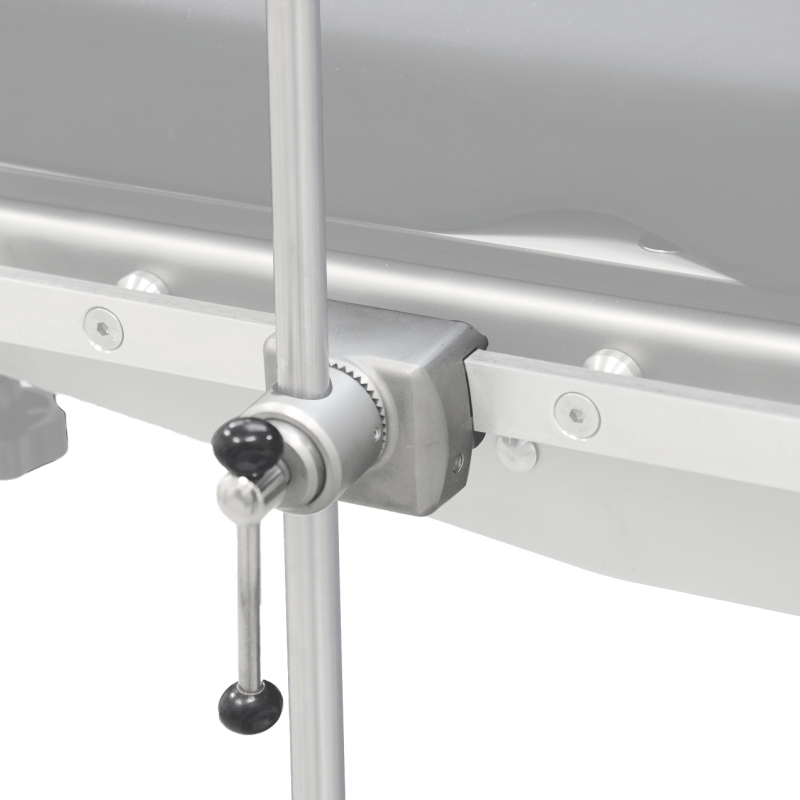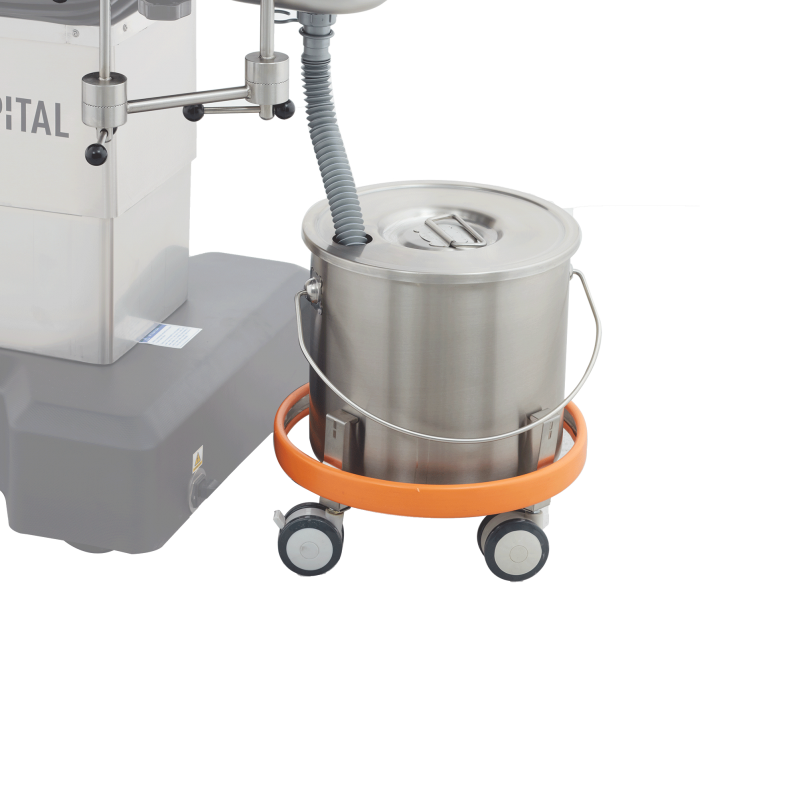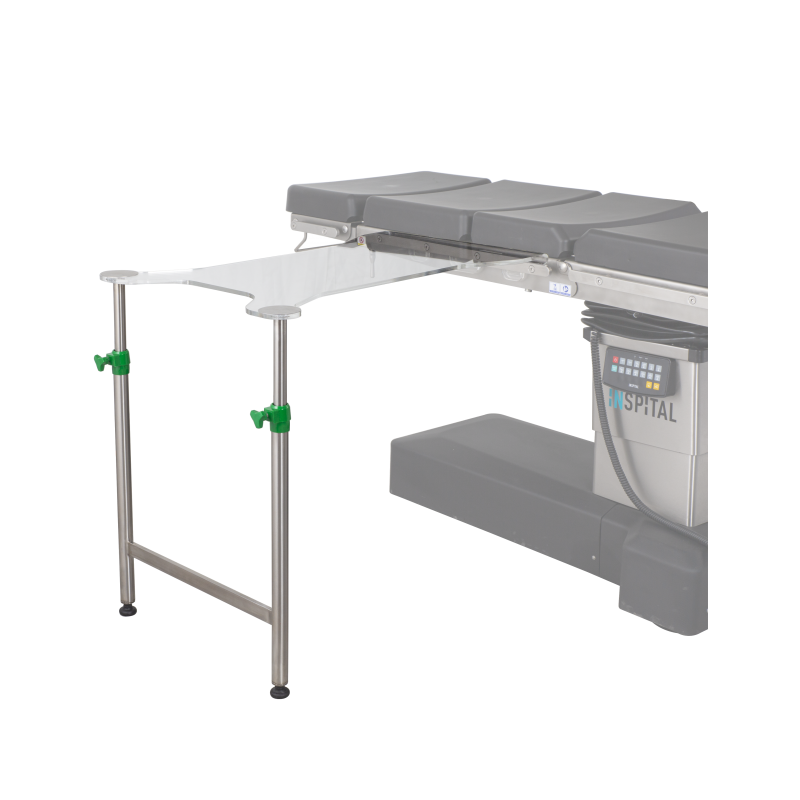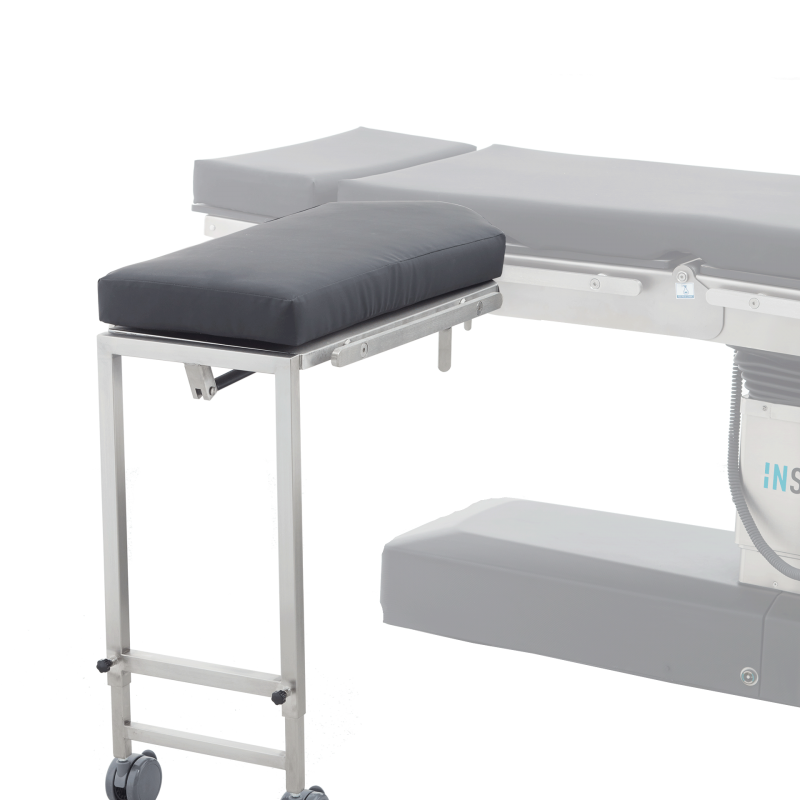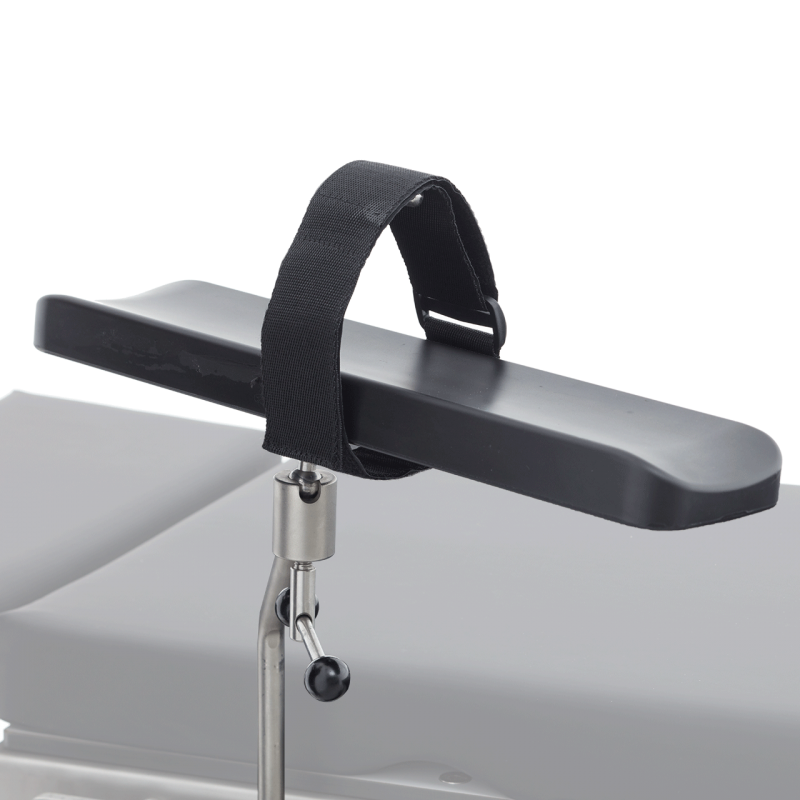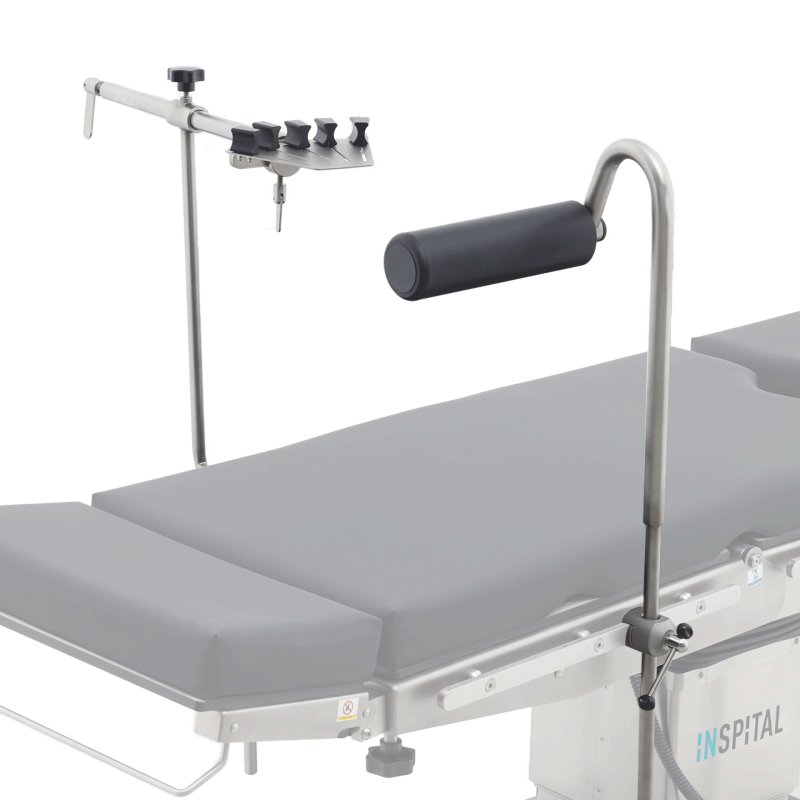High-Quality Operating Tables from Inspital - Technology OP Teams Can Rely On
In the operating room, every second counts – and every piece of equipment must function precisely. The Operating Table: It not only supports the patient but also carries the entire operative responsibility. This is precisely why choosing the right operating table is more than a technical decision – it contributes to safety, precision, and efficiency in daily clinical practice.
Inspital offers a range of operating tables for this sensitive area that meets the highest demands. The tables are designed to optimally support surgical teams – through ergonomic flexibility, robust construction, and easy operation. Whether in the emergency room, in routine hospital operations, or in specialized clinics: Inspital operating tables adapt to the conditions and reliably perform their function.
In this article, you will learn what defines a modern operating table, what to look for when purchasing one, how storage and maintenance work – and why investing in an Inspital operating table will pay off for your facility in the long run.
What Does “Operating Table” Mean?
The term operating table refers to a medical device specifically designed for surgical procedures. However, it is not just a simple couch – rather, a modern operating table is a complex system that must meet ergonomic, hygienic, and technical requirements at the highest level.
An operating table is used to position patients precisely during surgery in the required position for the surgical procedure. Various positions must be possible: supine, lateral, prone, leg elevation, or Trendelenburg. A high-quality operating table can implement these positions safely and precisely – ensuring both stability and comfort.
Inspital goes beyond the standard in the development of operating tables. The tables are modular, electro-hydraulically controlled, and suitable for image-guided procedures due to their radiolucent tabletops. In addition, accessories such as armrests, headrests, and leg support systems can be easily integrated.
The importance of a modern operating table is particularly evident in complex surgical situations: every second counts here, and every movement must be precise. Inspital operating tables offer maximum reliability, making them the heart of any operating room equipment.
Buying an Operating Table - Prices, Differences, and Investing in Quality
Anyone looking to buy an operating table faces a multitude of options – from basic models to high-end systems. The price range is correspondingly wide: simple mechanical operating tables start at approx. 15,000 Euros, while fully equipped, electro-hydraulically operated models can range between 40,000 and 80,000 Euros.
However, price should not be the only focus when purchasing. The crucial question is: What does your facility truly need? For specialized clinics or surgical centers, a modular, electrically adjustable operating table like the Inspital OT80 is often the best choice. It not only allows for precise positioning but can also be adapted to different types of procedures – be it gynecology, urology, neurosurgery, or general surgery.
Special Purchase Criteria:
- Load capacity and stability
- Control (electro-hydraulic or manual)
- Accessory compatibility
- Hygiene and ease of cleaning
- Radiolucency
- Maintenance and service availability
Inspital scores here with a well-thought-out product concept: powerful technology, durable materials, and a support network that covers everything from delivery and instruction to maintenance. This makes the purchase not just a technical decision, but a sustainable investment in quality and efficiency.
Operating Table in English - Important Terms for the International Context
In an internationally networked healthcare system, communication often takes place in English – especially in medical technology. The word Operationstisch is translated into English as Operating Table or Surgical Table Both terms are common, with “Operating Table” being more frequently used in clinics and technical descriptions.
Important English terms related to operating tables:
- Table height adjustment – Höhenverstellung
- Trendelenburg position – Trendelenburg-Lagerung
- Table top sections – Tischplattensegmente
- Remote control operation – Fernbedienung
- Weight capacity – Tragkraft
- Electrohydraulic system – elektrohydraulisches System
- Radiolucent – röntgentransparent
Inspital operates worldwide and supplies operating tables with English-language user interfaces, manuals, and international approvals. This not only facilitates use in multinational clinics but also export and exchange with international medical professionals.
Especially for teaching hospitals and university clinics, it is advantageous if devices like an operating table have a universally understandable control system – a requirement that Inspital consistently meets.
Patient Positioning on the Operating Table - Flexibility and Safety Combined
The correct positioning on the operating table is crucial for the course of the operation and patient safety. It influences the surgical team’s view and access, protects the patient from pressure sores or nerve damage, and enables certain surgical techniques in the first place.
Inspital offers operating tables with versatile positioning options – from flat supine to sitting or shock position. Thanks to electro-hydraulic adjustment, all movements can be finely dosed and conveniently set:
- Trendelenburg and Anti-Trendelenburg
- Lateral tilt
- Back and leg section adjustment
- Height adjustment
Accessories such as gel cushions, headrests, arm and leg support systems provide additional support and comfort. Especially during longer procedures, it is important to avoid pressure points – Inspital’s padding was specially developed for this purpose.
A highlight: Inspital models allow for stable positioning even under full load, without loss of position during changes in tilt. This makes them ideal for daily, intensive operating room use and simultaneously increases occupational safety for the OR team.
Maintenance of an Operating Table - Ensuring Everything Functions Reliably
Regular maintenance of an operating table is not only legally required but also essential for operational safety. A defective operating table can not only delay procedures but, in the worst case, endanger patients.
Inspital offers a professional maintenance concept for all its operating tables, which includes technical inspection, spare parts service, and preventive maintenance. Depending on the frequency of use, semi-annual or annual maintenance intervals are recommended.
Typical maintenance services:
- Checking hydraulic and electrical functions
- Replacement of seals and hydraulic oil
- Control of the remote control and control electronics
- Inspection of upholstery, bearings, and connecting elements
- Function test of safety mechanisms
Thanks to their modular design and easily accessible components, Inspital tables are particularly maintenance-friendly. This reduces downtime and saves costs in the long run.
A well-maintained operating table not only lasts longer – it also operates more precisely and safely. Therefore, maintenance is not an optional luxury but an integral part of hospital operations. Inspital supports you with reliable service, short response times, and transparent maintenance packages.
How much Weight Can an Operating Table Hold? Load Capacity at a Glance
The load capacity of an operating table is a central criterion when purchasing – because modern surgeries must be able to be performed smoothly and safely even on patients with higher body weight.
Standard operating tables are designed for a load capacity of around 200–250 kg High-performance models, such as those offered by Inspital, can handle up to 350 kg or more – with full functionality, even during position changes.
The load capacity typically includes:
- Max. total weight with central positioning
- Load capacity of individual segments (e.g., backrest, leg section)
- Safety during movement (lifting, tilting, inclining)
Inspital’s operating tables offer not only high load capacity but also stability with full mobility. This is particularly crucial in areas such as orthopedics, bariatric surgery, or emergency medicine. Inspital relies on double lifting columns, reinforced frame constructions, and durable hydraulic technology.
A safe, load-bearing operating table not only increases safety but also expands the range of applications for your facility – another reason to rely on Inspital quality.
